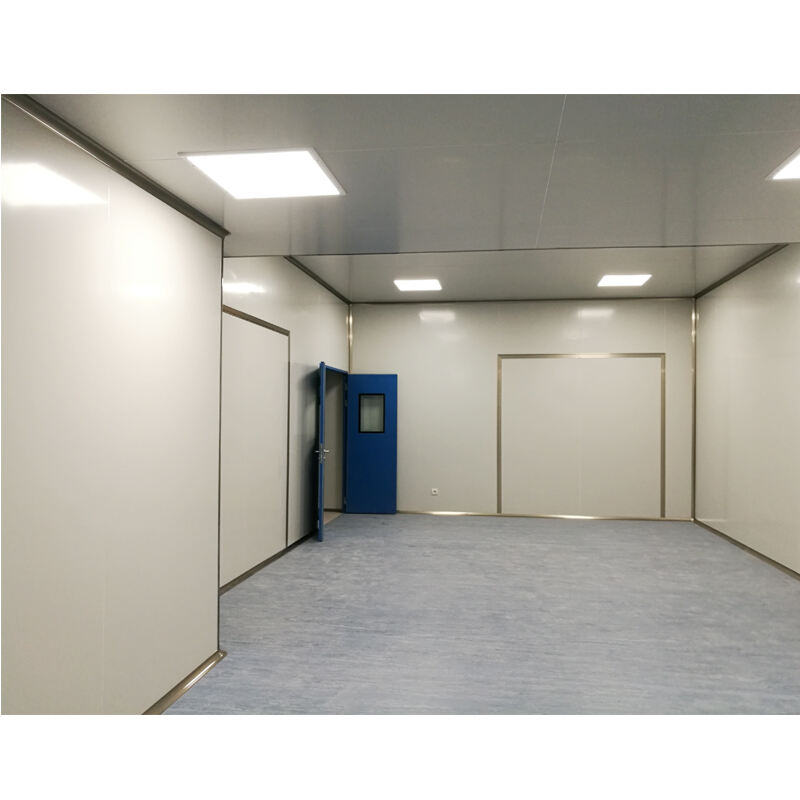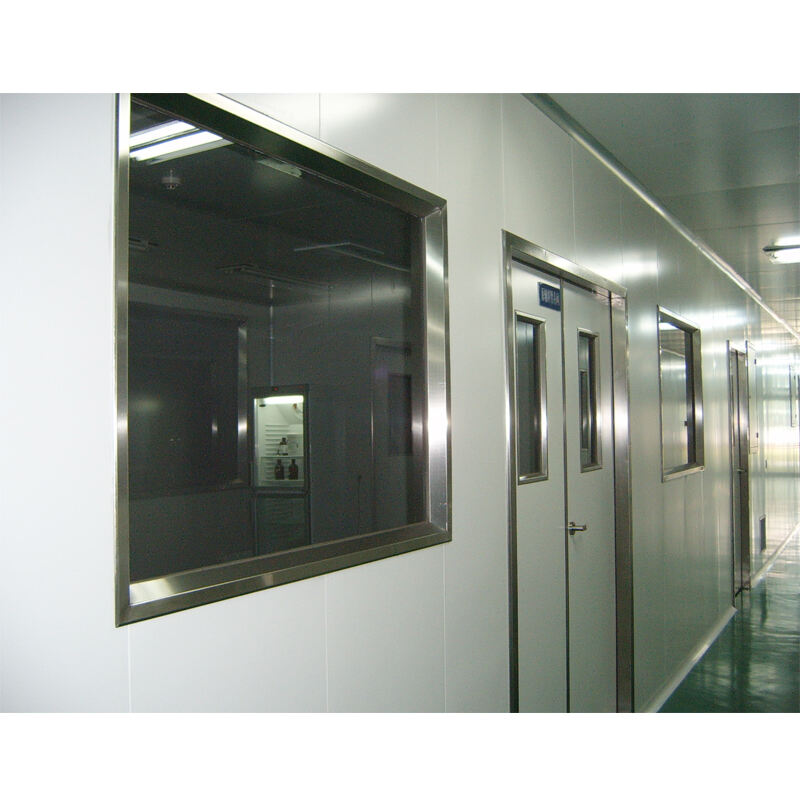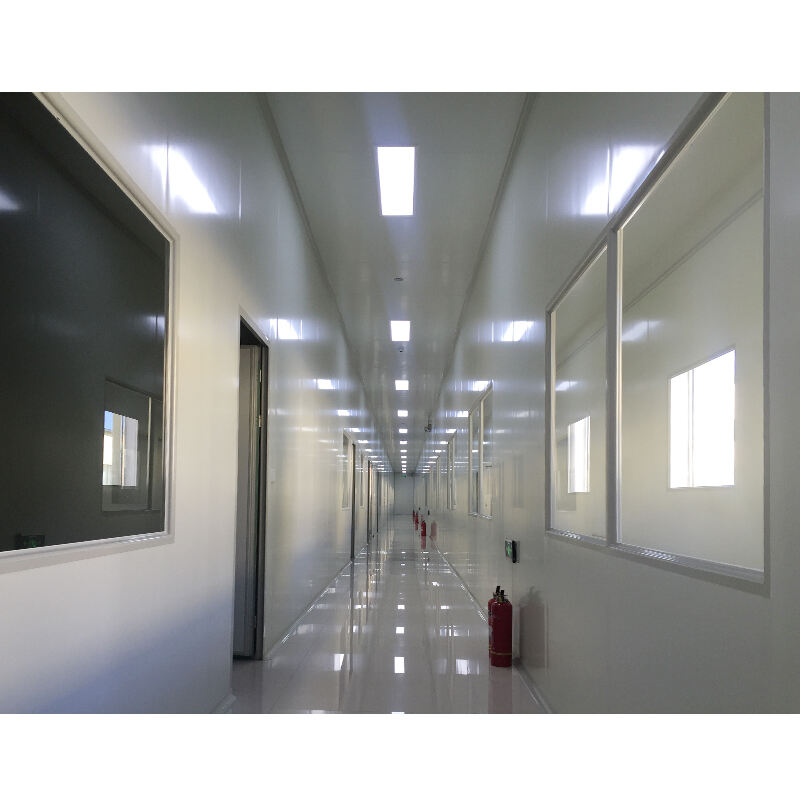clean room system
A clean room system represents a controlled environment designed to maintain exceptionally low levels of particulates, such as dust, airborne microbes, and chemical vapors. These sophisticated systems employ advanced air filtration technology, precise pressure control mechanisms, and specialized construction materials to create and maintain pristine conditions. The system's core components include HEPA or ULPA filters, air handling units, temperature and humidity controls, and monitoring equipment that continuously assess environmental parameters. Clean rooms are classified according to ISO standards, ranging from ISO 1 to ISO 9, with lower numbers indicating higher levels of cleanliness. These systems are vital in industries requiring contamination-free environments, such as semiconductor manufacturing, pharmaceutical production, medical device assembly, and aerospace component fabrication. The design incorporates airlocks and gowning rooms for personnel entry, unidirectional airflow patterns to prevent cross-contamination, and specialized cleaning protocols. Modern clean room systems often feature automated monitoring systems that provide real-time data on particle counts, pressure differentials, and environmental conditions, ensuring consistent compliance with required cleanliness standards.


